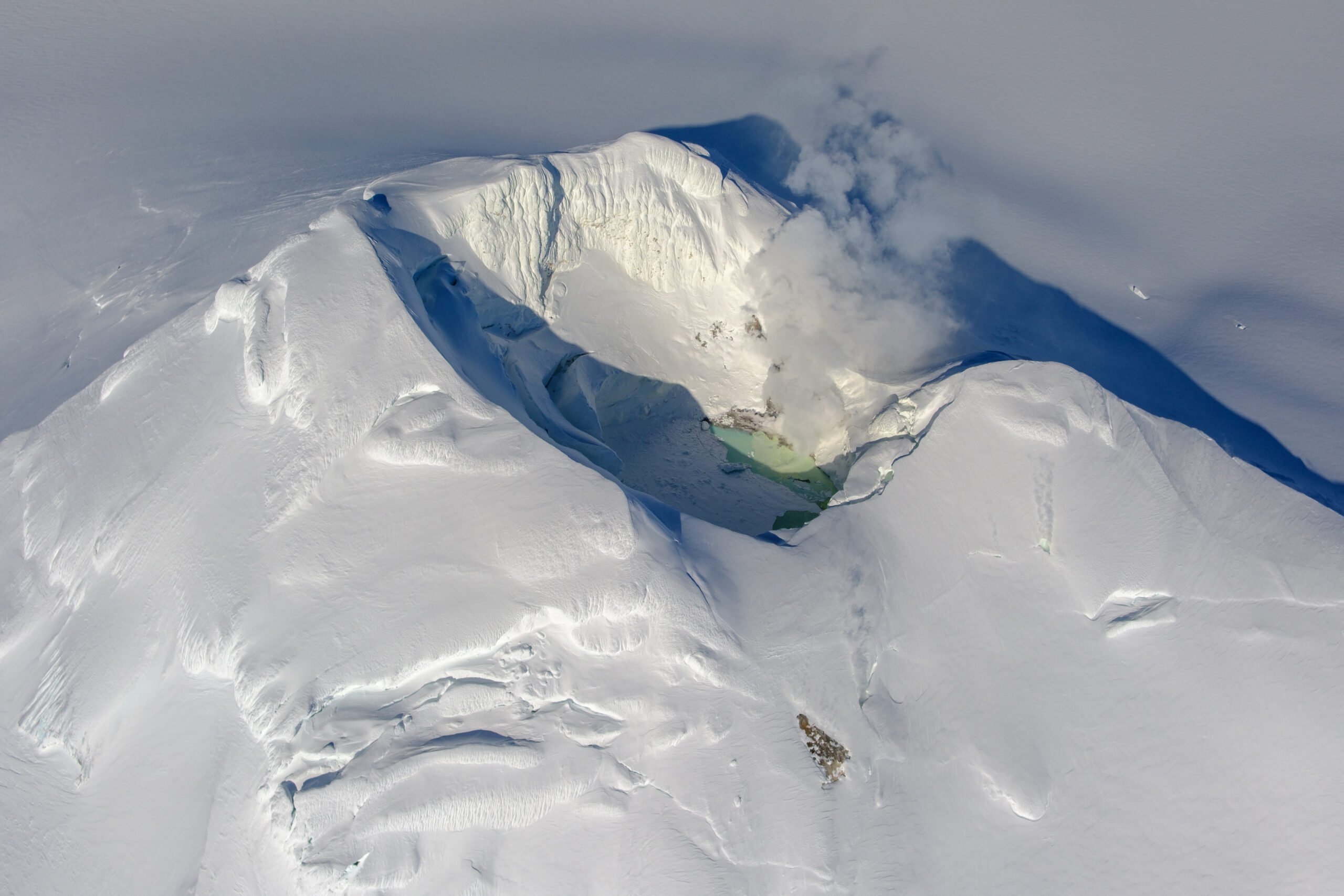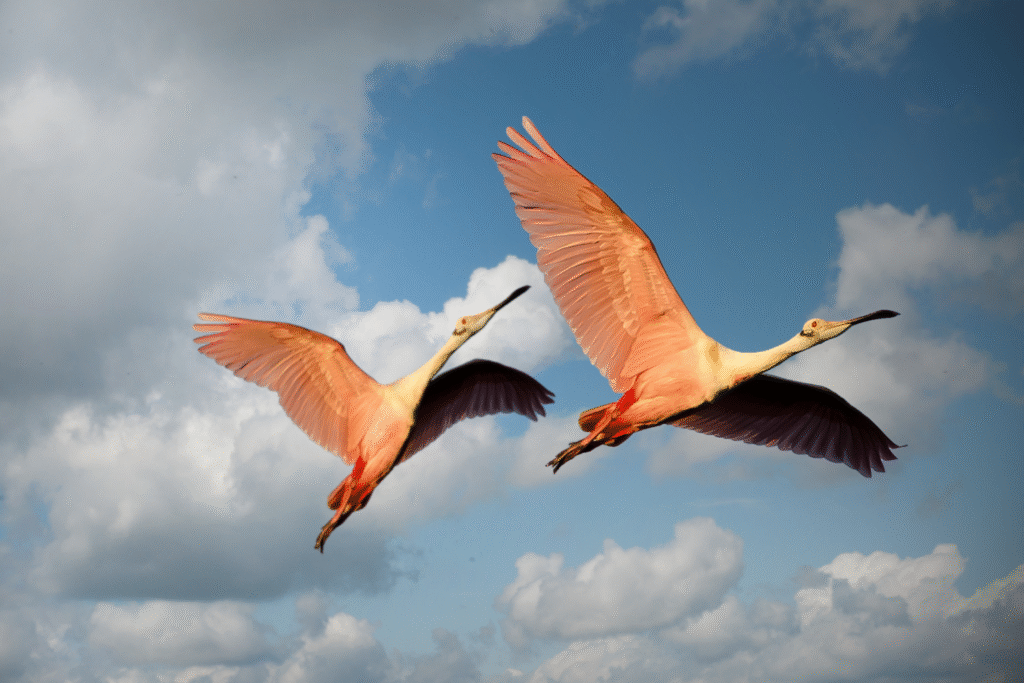A restless mountain near Anchorage stirs new worries.

Mount Spurr, a towering volcano just 80 miles from Anchorage, has suddenly reminded Alaska that it is very much alive. Over 3,400 earthquakes have rattled the area since spring, giving scientists plenty of reasons to stay glued to their instruments. Residents have noticed the ground trembling beneath their feet, and that uneasy feeling has started creeping into daily life.
The concern stretches far beyond local neighborhoods. Airlines that rely on the busy Anchorage corridor know the history: Spurr’s last big eruption in 1992 grounded flights for days. Now, as small quakes and shifting ground hint at what’s stirring below, the mix of science, memory, and uncertainty has people talking about what could happen next.




